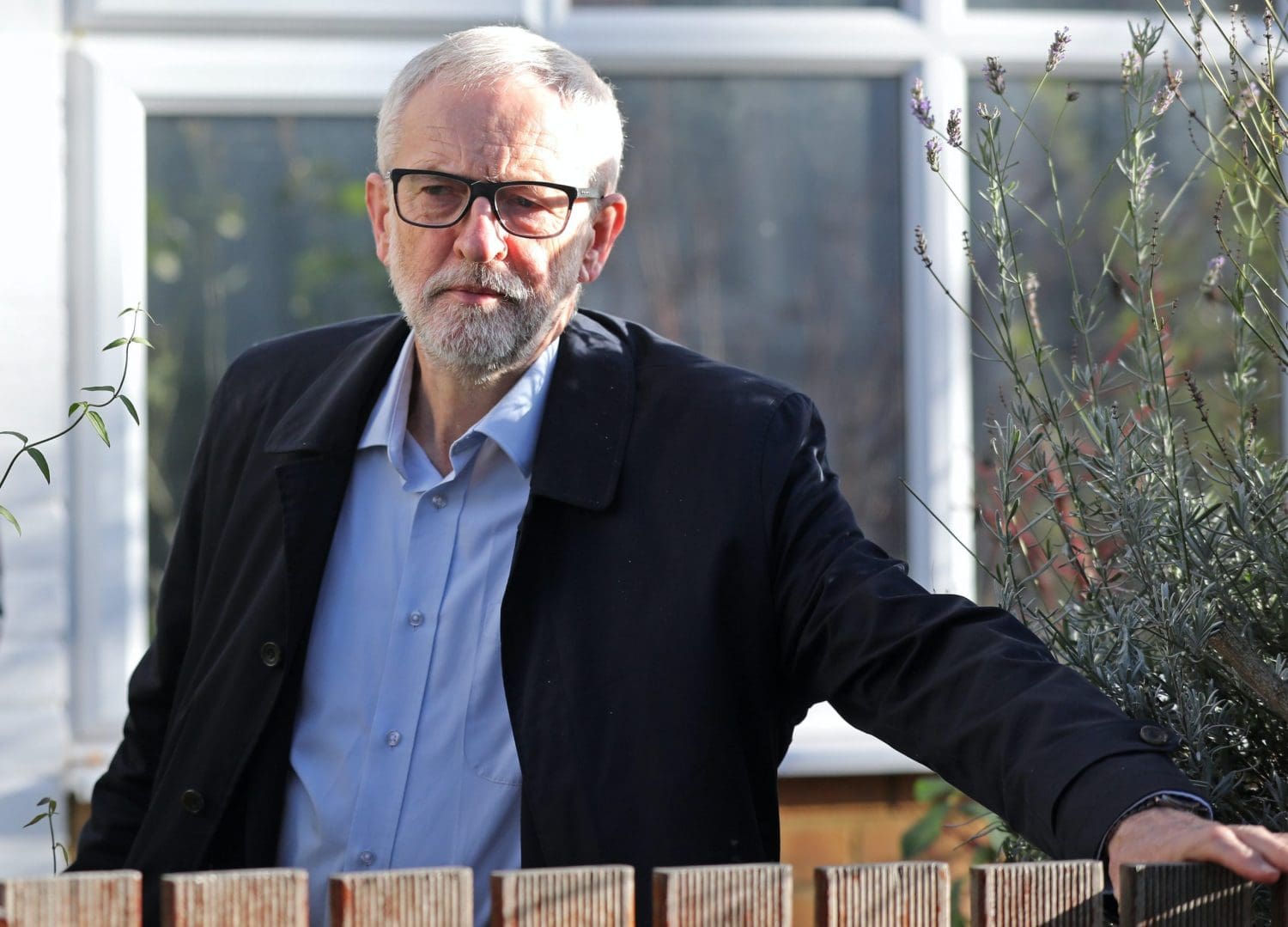Road traffic is quickly approaching pre-pandemic levels, new figures show.
The amount of vehicles on Britain’s roads on Monday was 88% of an equivalent day in early February, according to Department for Transport (DfT) data.
That is up four percentage points week-on-week.
The figures were even higher over the weekend, at 94% on Saturday and 98% on Sunday.
A breakdown of the data shows that on Monday the number of cars on the road was 85% of what it was before the coronavirus outbreak, with vans and lorries at 97% and 99% respectively.
Latest confirmed data for trains shows demand on 13 July was only 22% of what it was pre-lockdown.
On Monday, bus use outside London was at 33%, London Underground use at 23% and cycling in England at 146%.
Road traffic fell to 23% of pre-pandemic levels in mid-April, as people were urged to stay at home to tackle the virus.
Steve Gooding, director of motoring research charity the RAC Foundation, said: “The national figures suggest that we are fast heading for pre-lockdown traffic levels in the round, but not necessarily at the same times of day.
“With many office staff still working from home, schools only re-opening to a limited extent and delivery vans stopping us driving to the high street, we’ve escaped the full misery of the morning rush hour.”
Gooding predicted that many people embarking on staycations and long-distance trips to visit friends and family could decided “the best option for travel is the car”.
This would create “far more pressure” on roads during traditionally quieter periods, he warned.
Drivers have also been hit by a rise in fuel prices as the lockdown eased.
Government figures show average prices at UK forecourts are £1.12 per litre of petrol and £1.17 per litre of diesel.
This is the most expensive fuel has been since 30 March, reflecting rising oil prices in recent weeks.
Fuel dropped to as low as £1.05 per litre of petrol and £1.12 per litre of diesel in May, as oil prices collapsed due to lower demand.

















